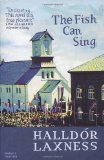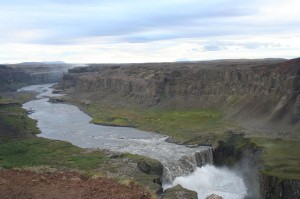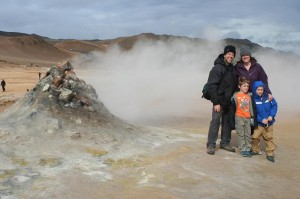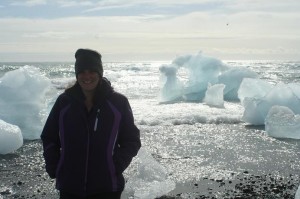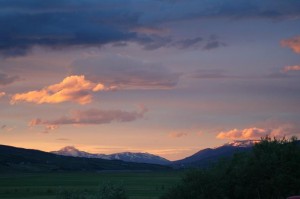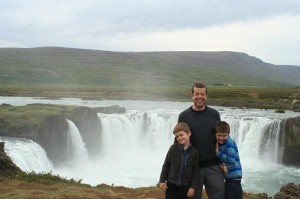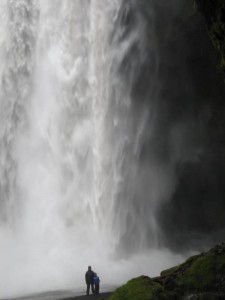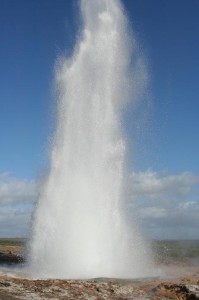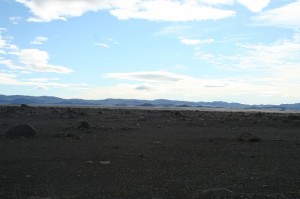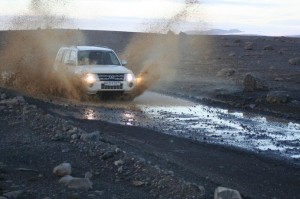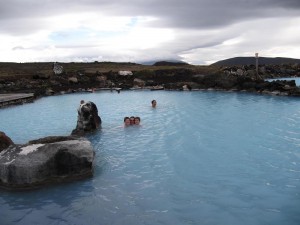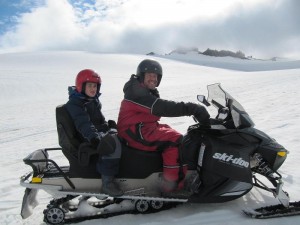Five words from the blurb: Iceland, living, volcano, people, remote
A few years ago I read Night Waking by Sarah Moss and loved it, so when I discovered that she’d written a memoir about her year living in Iceland I was especially keen to read it.
In 2009 Sarah Moss got a job teaching English Literature at Reykjavik University. Names for the Sea explains what life was like for her family as they adapted to the new culture. It details everything from how her children settled into local schools, to historical facts about the Icelandic people. It could be criticised for not focusing on one genre, but I liked the hotchpotch of interesting facts as it enabled me to find out about everything from its politics to what Icelanders do on cold, dark days. The 2009 academic year was especially interesting as it meant Sarah Moss was present to witness both the financial collapse of the country and the eruption of Eyjafjallajökull.
I’ve been fascinated by the absence of apocalypse here. We’ve been told to keep young children inside if ash is present in the air and that a group of medical researchers is taking this opportunity to investigate the long-term effects of ash-inhalation, which is not currently believed to cause more than passing symptoms. The English headlines, read online, are much more panicky than any in Iceland, fearing ash drifting over the North Atlantic, causing lung problems and possibly affecting crops and groundwater.
I had an unusual relationship with this book because I read half of it before travelling to Iceland and the second half once there. Reading the book in England I was preparing myself for a very different experience to the one I encountered. I’m not sure if this is because Iceland has changed a lot in the few years since Sarah Moss was there; if things were different because I was simply a tourist with no intent of living in the country; or because I am more used to travelling in different countries, but I found the book exaggerated things. For example, the book spent a lot of time talking about the limited food options. I was prepared for a country with next to no fruit/vegetables and nothing but fish or lamb in the protein department (fine for a two week holiday, but I can see why this might have been a difficult adjustment when living somewhere for a longer period) Instead, I found the supermarkets to be very similar to any other European country -the brands were slightly different, but there appeared to be a reasonable range and lots of fresh produce.
Food wasn’t the only thing that appeared exaggerated. I read some sections of the book whilst I was staying in the places mentioned and was surprised by the way she described things. Perhaps I’m just not used to the direct comparision between text and landscape, but she saw things in a much more extreme way than I did.
Despite these minor issues I really enjoyed this book. I loved the personal insight into the problems of relocating into such a tight-knit community and her mishaps and adventures were heartwarming and exciting in equal measure. This book probably has limited appeal to the majority of the population, but if you have any interest in Iceland then this book will be a rewarding read.





